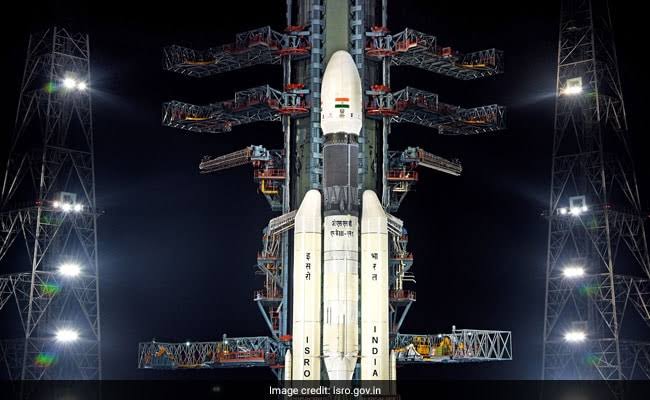Chandrayaan-3 is a planned third lunar exploration mission by the Indian Space Research Organisation (ISRO). It would consist of a lander and a rover similar to the Chandrayaan-2 but would not have an orbiter. Its propulsion module will behave like a communications relay satellite.
The spacecraft is scheduled to be launched in July 2023. Following Chandrayaan-2, where a last-minute software glitch in the soft landing guidance software led to the failure of the lander’s soft landing attempt after a successful orbital insertion, another lunar mission was proposed.
The main objectives of Chandrayaan-3 are to:
- Demonstrate the end-to-end capability of landing and roving on the lunar surface.
- Study the lunar surface and subsurface using a variety of scientific instruments.
- Lay the foundation for future lunar missions.
The Chandrayaan-3 spacecraft will consist of the following components:

- Propulsion module: This module will carry the lander and rover configuration to the Moon. It will also have a communications payload to relay data between the lander and rover and the Earth.
- Lander: The lander will be responsible for landing the spacecraft on the Moon. It will also have a payload to conduct scientific experiments.
- Rover: The rover will be responsible for moving around on the lunar surface and conducting scientific experiments.
The Chandrayaan-3 mission is a major milestone for India’s space program. It will be the first time that India has landed a spacecraft on the Moon since Chandrayaan-2 in 2019. The mission will also help India to gain valuable experience in lunar exploration, which will be essential for future missions to the Moon and beyond.

Here are some of the scientific instruments that will be carried by the Chandrayaan-3 spacecraft:
- Alpha Particle X-ray Spectrometer (APXS): This instrument will be used to study the elemental composition of the lunar surface.
- Laser Induced Breakdown Spectroscope (LIBS): This instrument will be used to study the chemical composition of the lunar surface.
- Terrain Mapping Camera (TMC): This instrument will be used to create a three-dimensional map of the lunar surface.
- Moon Mineralogy Mapper (M3): This instrument will be used to study the mineralogy of the lunar surface.
- Orbiter High-Resolution Camera (OHR): This instrument will be used to take high-resolution images of the lunar surface from orbit.

The Chandrayaan-3 mission is a significant step forward for India’s space program. It will help India to gain valuable experience in lunar exploration, which will be essential for future missions to the Moon and beyond.

